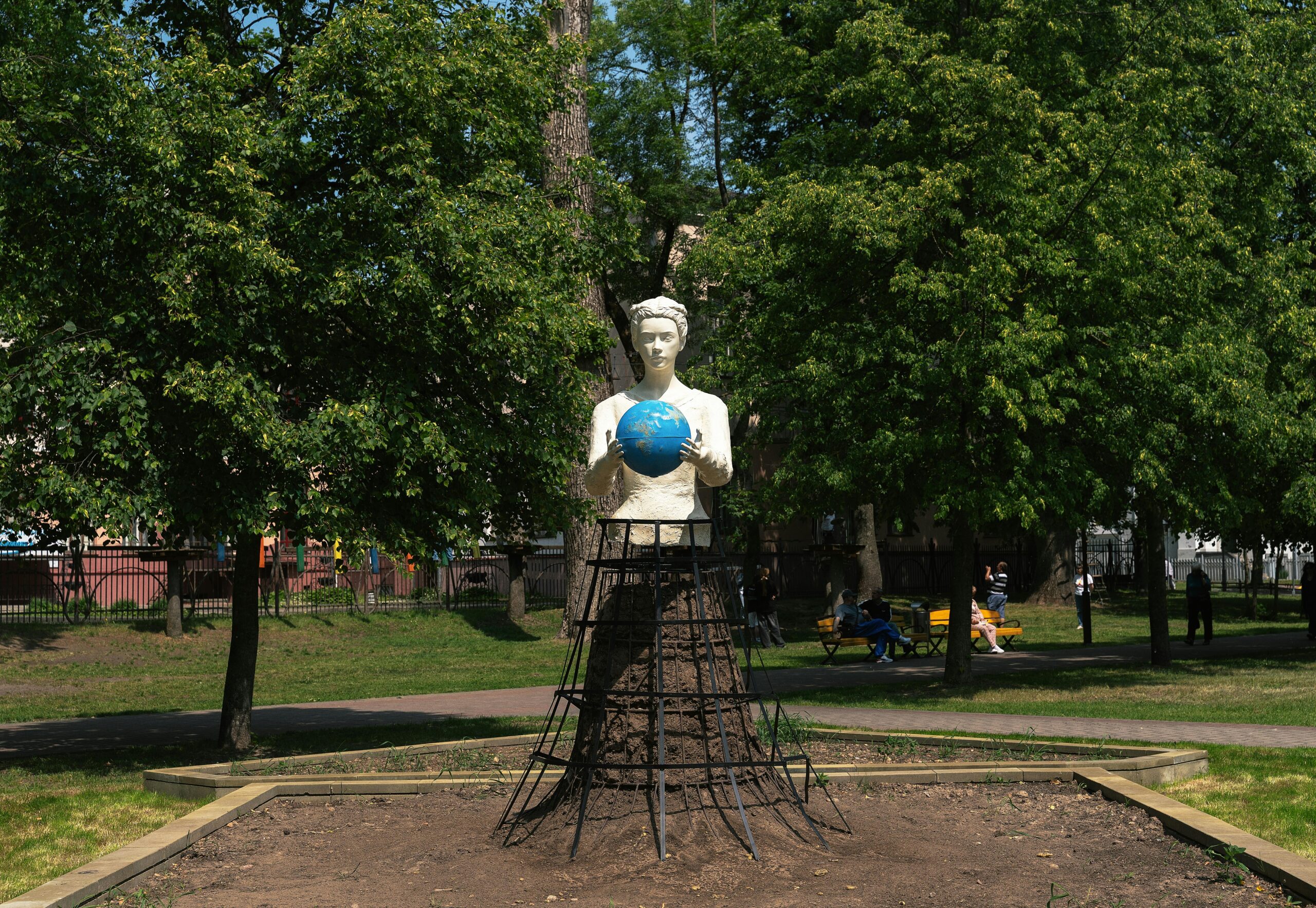Technology has become one of the most powerful tools for creating positive change, transforming how we address global conflicts and build sustainable peace in communities worldwide.
🌍 The Evolution of Technology as a Peacebuilding Tool
The intersection of technology and peacebuilding represents one of the most promising developments of our era. As we navigate an increasingly interconnected world, innovative solutions are emerging that leverage digital tools, artificial intelligence, and communication platforms to prevent conflicts, facilitate dialogue, and rebuild communities torn apart by violence.
From early warning systems that predict potential conflicts to mobile applications connecting refugees with essential services, technology is reshaping how we approach peace. Organizations worldwide are discovering that smartphones, satellites, and social media can be as powerful as traditional diplomacy in creating lasting change.
Digital Platforms Bridging Divided Communities
One of the most significant contributions of technology to peacebuilding lies in its ability to connect people across traditional boundaries. Digital platforms are creating spaces where individuals from opposing sides of conflicts can engage in meaningful dialogue, share personal stories, and discover common ground.
Virtual reality experiences are allowing people to literally step into the shoes of others, fostering empathy in ways previously impossible. Young Israelis and Palestinians, for example, have used VR technology to experience each other’s daily realities, breaking down stereotypes and humanizing the “other side.” These immersive experiences create emotional connections that statistics and news reports often fail to achieve.
Social Media’s Double-Edged Sword
While social media can amplify hate speech and misinformation, innovative peacebuilders are harnessing these same platforms for positive impact. Grassroots movements use Twitter, Facebook, and Instagram to mobilize supporters, share counter-narratives to violent extremism, and coordinate peaceful protests.
Community-led initiatives are employing sophisticated social media strategies to combat disinformation and promote accurate information during crises. By creating networks of trusted voices and fact-checkers, these efforts help prevent the spread of rumors that could escalate tensions.
🤖 Artificial Intelligence for Conflict Prevention
Artificial intelligence is revolutionizing how we predict and prevent conflicts before they escalate. Machine learning algorithms analyze vast amounts of data—from news reports and social media posts to economic indicators and climate patterns—to identify early warning signs of potential violence.
The United Nations and various NGOs are implementing AI-powered systems that monitor conflict hotspots in real-time. These systems can detect subtle patterns indicating rising tensions, allowing peacekeepers and humanitarian organizations to intervene before situations deteriorate. The ability to process and analyze information at scale gives peacebuilders unprecedented situational awareness.
Predictive Analytics Saving Lives
Predictive analytics platforms are helping humanitarian organizations allocate resources more effectively. By forecasting where conflicts are likely to occur or intensify, aid agencies can pre-position supplies, evacuate vulnerable populations, and strengthen local capacities before crises hit.
These technologies have proven particularly valuable in regions affected by climate change, where resource scarcity often triggers violence. Early warning systems that combine climate data with socioeconomic indicators help communities prepare for potential conflicts over water, land, or food resources.
Mobile Technology Empowering Vulnerable Populations
Mobile phones have become lifelines for people affected by conflict and displacement. With over 5 billion mobile phone users globally, including many in conflict-affected areas, mobile technology offers unprecedented opportunities to deliver peacebuilding interventions at scale.
Refugees fleeing violence use smartphone apps to navigate safe routes, access legal information, and locate family members. Organizations have developed applications that provide real-time alerts about dangers along migration routes, connect users with emergency services, and offer psychological support through chatbots and telemedicine.
Financial Inclusion Through Mobile Money
Mobile money platforms are providing economic opportunities in post-conflict settings where traditional banking infrastructure has collapsed. By enabling people to receive payments, save money, and access credit through their phones, these technologies support economic recovery and reduce grievances that could fuel renewed violence.
In countries like Somalia and South Sudan, mobile money has become the primary financial system, allowing businesses to operate and families to support themselves despite ongoing instability. This economic empowerment contributes directly to sustainable peace by giving people stakes in stability.
🛰️ Satellite Technology for Accountability and Protection
Satellite imagery and remote sensing technologies are transforming conflict documentation and accountability efforts. High-resolution images from space provide irrefutable evidence of mass atrocities, destroyed villages, and displaced populations, making it harder for perpetrators to hide their crimes.
Organizations like Amnesty International and Human Rights Watch use satellite technology to document human rights violations in areas too dangerous for investigators to access. This evidence becomes crucial for international courts prosecuting war crimes and for advocacy campaigns pressuring governments to act.
Protecting Civilians from Above
The Satellite Sentinel Project and similar initiatives monitor conflict zones to protect civilians. By publicly releasing satellite evidence of military buildups or attacks on civilian areas, these projects create accountability and sometimes deter violence before it occurs.
Environmental peacebuilding also benefits from satellite technology. By monitoring deforestation, water resources, and agricultural land use, satellites help identify environmental stressors that could trigger conflicts and inform interventions to prevent resource-based violence.
Blockchain for Transparency and Trust
Blockchain technology is emerging as a powerful tool for building trust in post-conflict societies where corruption and institutional weakness undermine peace efforts. The technology’s inherent transparency and immutability make it ideal for applications requiring high levels of accountability.
Land registries built on blockchain are helping resolve property disputes in countries recovering from conflict, where traditional records have been destroyed or manipulated. By creating tamper-proof records of land ownership, blockchain reduces a common source of post-conflict tensions.
Transparent Humanitarian Aid Distribution
International organizations are experimenting with blockchain-based systems for distributing humanitarian aid, ensuring resources reach intended beneficiaries without diversion by corrupt intermediaries. Recipients can track assistance from donor to delivery, building confidence in the aid system and reducing opportunities for exploitation.
🎓 Educational Technology for Peace Education
Educational technology is democratizing access to peace education and conflict resolution training. Online learning platforms, mobile educational apps, and digital libraries are bringing peace studies curricula to students in remote and conflict-affected areas who would otherwise have no access to these resources.
Massive Open Online Courses (MOOCs) on peacebuilding, human rights, and conflict resolution allow thousands of students worldwide to learn from leading experts. These courses are creating a global community of peace practitioners who share knowledge and collaborate across borders.
Youth Engagement Through Gaming
Innovative educators are using gaming and gamification to teach peace concepts to young people. Video games that simulate peace negotiations, conflict resolution scenarios, and community building engage youth in ways traditional education often cannot.
PeaceMaker, a game that challenges players to resolve the Israeli-Palestinian conflict, has been used in schools worldwide to help students understand the complexity of peace processes. Such tools make peace education interactive and accessible, potentially shaping the attitudes of future generations.
Challenges and Ethical Considerations
Despite its immense potential, technology for peace faces significant challenges. The digital divide means that many conflict-affected populations lack access to the very technologies that could help them. Poor internet connectivity, electricity shortages, and lack of digital literacy limit the reach of tech-based peacebuilding interventions.
Privacy and security concerns are paramount when deploying technology in conflict zones. Surveillance technologies intended to protect civilians can be misused by authoritarian regimes to track dissidents. Data collected by humanitarian organizations could endanger vulnerable populations if it falls into the wrong hands.
Avoiding Technological Solutionism
There’s a risk of “technological solutionism”—the belief that technology alone can solve complex social and political problems. Effective peacebuilding requires addressing root causes of conflict, which often involve deep historical grievances, power imbalances, and structural inequalities that technology cannot fix by itself.
Technology must be viewed as a tool that amplifies and enables human-led peacebuilding efforts, not as a replacement for them. The most successful tech-for-peace initiatives combine cutting-edge technology with traditional peacebuilding methods, local knowledge, and community ownership.
🌱 Building Sustainable Tech Ecosystems for Peace
Creating lasting impact requires building sustainable ecosystems that support tech-for-peace innovations. This means investing in local technology capacity, training peace practitioners to use digital tools effectively, and ensuring technologies are designed with and for the communities they aim to serve.
Open-source technologies and locally-developed solutions are often more sustainable and culturally appropriate than imported systems. Supporting local tech entrepreneurs and innovators in conflict-affected regions ensures that solutions address real needs and can be maintained long-term without external dependency.
Collaborative Innovation Networks
Networks connecting technologists, peacebuilders, policymakers, and affected communities are essential for developing effective solutions. Hackathons, innovation labs, and collaborative platforms bring diverse perspectives together to co-create technologies that truly serve peace.
Organizations like PeaceTech Lab and Build Up facilitate these connections, providing spaces where technical expertise meets on-the-ground peacebuilding experience. These networks accelerate innovation and ensure technologies are ethically designed and practically useful.
The Path Forward: Scaling Impact Responsibly
As we look to the future, the challenge is scaling successful tech-for-peace innovations while maintaining ethical standards and effectiveness. This requires sustained funding, policy support, and continued collaboration across sectors.
Governments and international organizations must integrate technology more systematically into peace and security strategies. This means not only adopting new tools but also updating policies, training personnel, and creating regulatory frameworks that enable innovation while protecting vulnerable populations.
Measuring What Matters
Rigorous evaluation of tech-for-peace initiatives is essential. We need better metrics for measuring impact, understanding what works in different contexts, and learning from failures. Investing in research and documentation ensures the field advances based on evidence rather than hype.
The promise of technology for peacebuilding is immense, but realizing this potential requires thoughtful, ethical, and collaborative approaches. By harnessing innovation responsibly, staying grounded in the realities of conflict-affected communities, and maintaining focus on human dignity and rights, we can build technologies that genuinely contribute to a more peaceful world.

💡 Empowering Global Citizens for Peace
Every individual can contribute to tech-enabled peacebuilding. Whether through supporting organizations working at this intersection, learning about digital peace tools, combating online hate speech, or simply using technology mindfully to bridge rather than widen divides, we all have a role to play.
The future of peace depends on how we choose to wield the powerful technologies at our disposal. By prioritizing innovation that serves humanity, promotes justice, and builds connections across differences, we can ensure technology becomes a force for lasting peace rather than another tool of division and conflict.
As technology continues evolving at breakneck speed, our commitment to using it for peace must evolve equally fast. The tools we develop today will shape the world our children inherit tomorrow—making it our collective responsibility to ensure those tools build bridges, foster understanding, and create pathways to peace that previous generations could only imagine.
Toni Santos is a global-policy researcher and ethical-innovation writer exploring how business, society and governance interconnect in the age of interdependence. Through his studies on corporate responsibility, fair trade economics and social impact strategies, Toni examines how equitable systems emerge from design, policy and shared vision. Passionate about systemic change, impact-driven leadership and transformative policy, Toni focuses on how global cooperation and meaningful economy can shift the scenario of globalization toward fairness and purpose. His work highlights the intersection of economics, ethics and innovation — guiding readers toward building structures that serve people and planet. Blending policy design, social strategy and ethical economy, Toni writes about the architecture of global systems — helping readers understand how responsibility, trade and impact intertwine in the world they inhabit. His work is a tribute to: The global commitment to equity, justice and shared prosperity The architecture of policy, business and social impact in a connected world The vision of globalization as cooperative, human-centred and regenerative Whether you are a strategist, policymaker or global thinker, Toni Santos invites you to explore ethical globalization — one policy, one model, one impact at a time.




